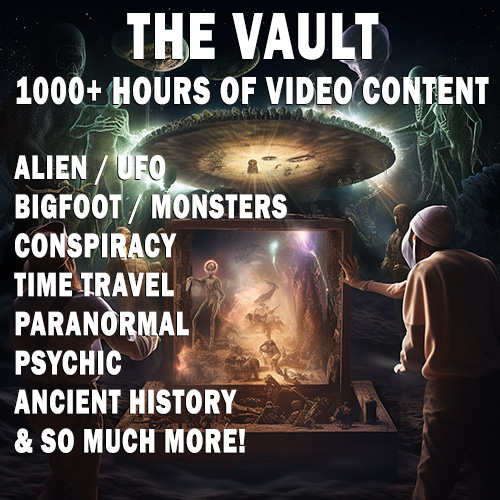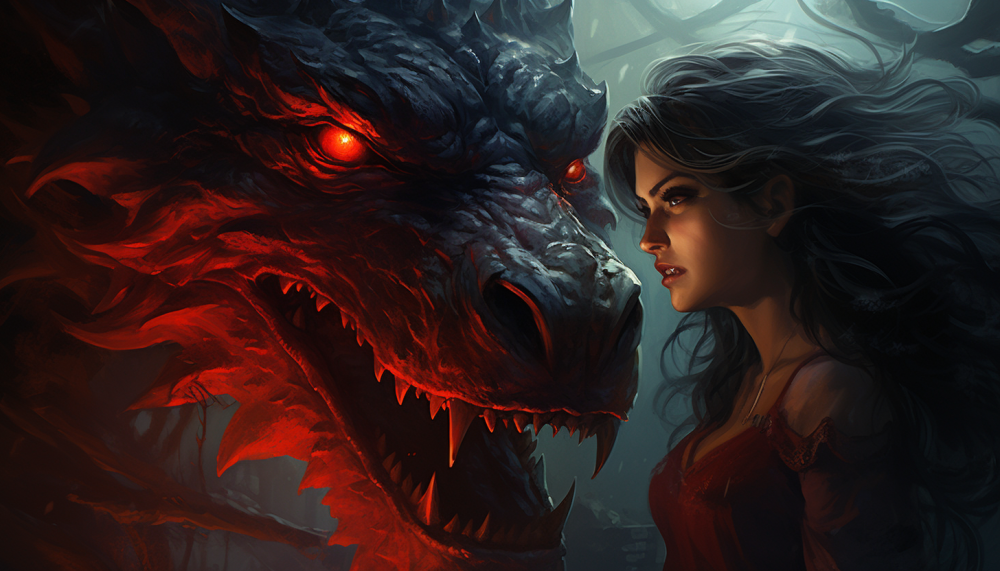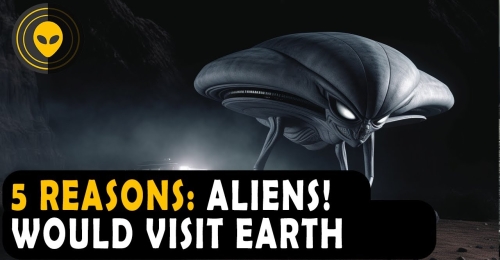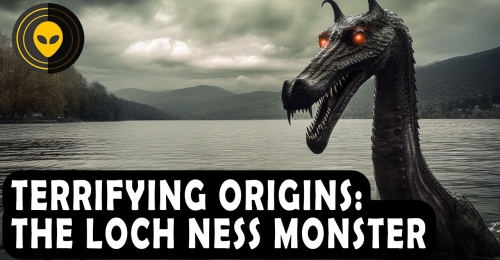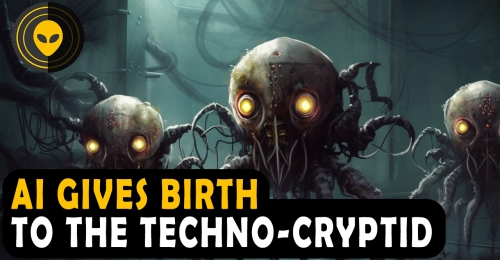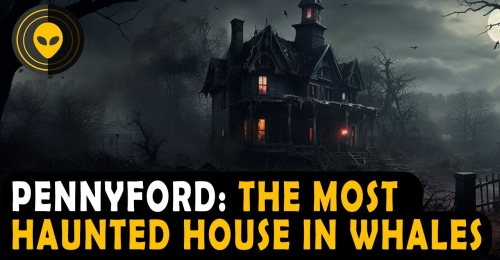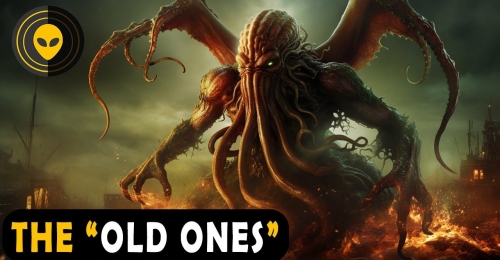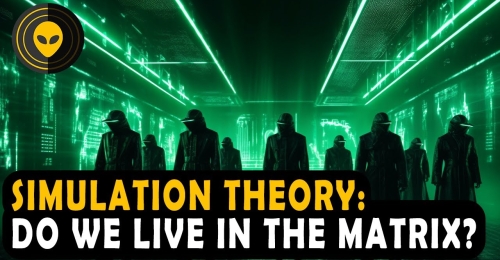Myth, Parasitism, and the Blurred Lines of Reality: A Deep Dive
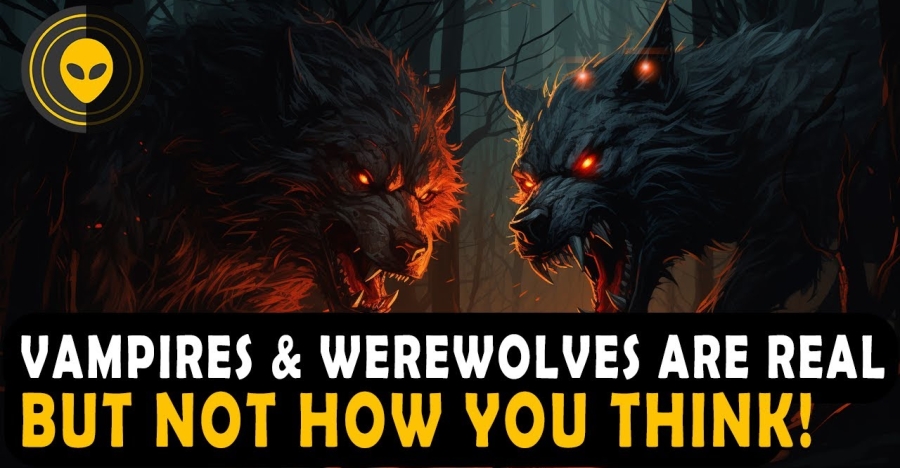
In humanity's ceaseless efforts to comprehend the inexplicable, we frequently resort to myths and folklore. From tales of vampires and werewolves to cryptids like the chupacabra and Mothman, our cultures abound with narratives that offer explanations for the enigmas of existence. But what if these tales, often dismissed as mere products of vivid imaginations, hint at deeper biological phenomena?
Imagine a world where these fabled beings are not mere figments of our fears but exist due to complicated parasitic relationships. These aren’t just any parasites; we are talking about sophisticated protozoa to intricate bacteria that can dramatically modify their host's behavior and physiology. A parasitic entity nestled in the neural tissue might modulate a creature’s aggression, while another could make its host avoid sunlight. Such a perspective challenges our fundamental understanding of both myths and parasitism.
Far from the traditionally perceived parasitism – an exploitative relationship – what we might be observing is a dynamic symbiosis, with both host and invader deriving certain advantages. The host might obtain heightened senses, physical abilities, and perhaps even longevity. But these gifts aren’t free. They come with the cost of loss of identity, autonomy, and becoming irrevocably bound to the parasite’s lifecycle.
By exploring the biological foundations of mythical creatures, we move them from the shadows of superstition into the spotlight of scientific curiosity. These beings serve as touchpoints in the intricate web of life, compelling us to reconsider our dichotomous perceptions of natural vs. supernatural and reality vs. myth.
Another fascinating dimension in this exploration is that of time – the potential dormancy of these parasites. Some could become dormant in response to environmental cues, disappearing for extended periods, only to resurface and once again influence their host organisms. Such long-term dormancy raises intriguing questions about our environment, history, and the role these parasites might have played in shaping ecosystems and perhaps even civilizations.
Let's consider a broader spectrum of these entities, from the ocean's depths where a parasitic influence might drive the legend of the Kraken, to the Phoenix, whose rebirth in fire could be attributed to a parasite's specific lifecycle needs. The tales of humanoid legends like Yeti or Bigfoot, often depicted as elusive, might be interpreted as creatures that have undergone drastic changes due to parasitic influence, making them reclusive.
To truly delve into this intricate dance between myth, host, and parasite, an interdisciplinary approach is crucial. Folklore studies can delve into historical narratives and their cultural contexts, anthropology can unearth the societal influences of these myths, and biology can provide insights into the parasitic mechanisms that might be at play.
Thus, what if in seeking to understand the enigmatic stories of old, we unravel mysteries of biology, behavior, and the very fabric of reality itself? As we explore these intertwining realms, we not only enrich our cultural heritage but also challenge and expand our scientific curiosity.
